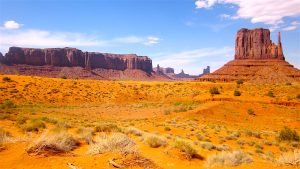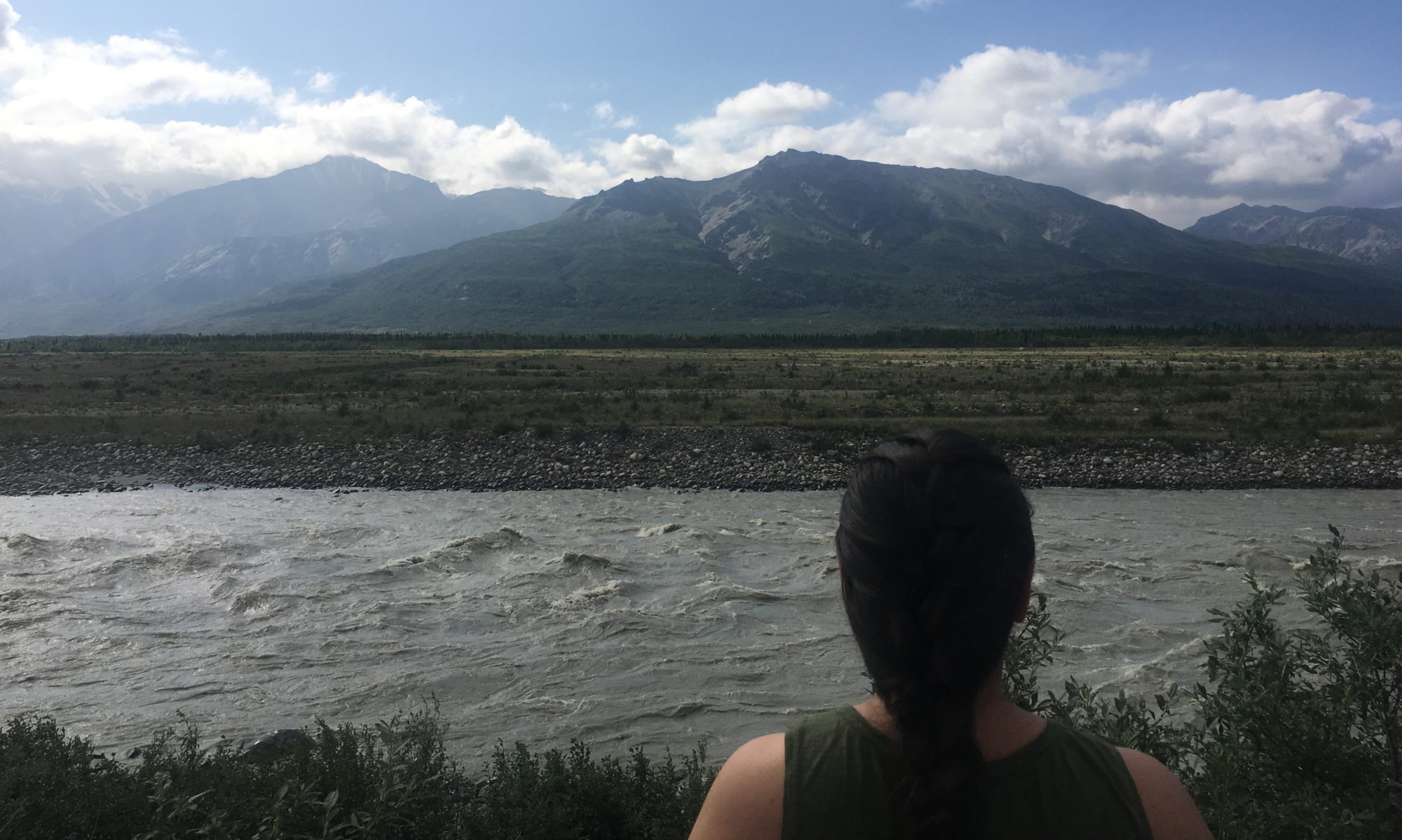Here is some advice for future ED 654 students. Follow the link for the full-size infographic (especially if you have terrible eyesight like myself).
Not-So-Final-Project: Part 2
Thinking about Your Thinking
A Semester in Review
Over the course, the thing that has stood out to me the most is copyright and fair use. It applies directly to my personal interests and my work. I look back on the many times I’ve used images in presentations and wonder how I didn’t even consider my use of these images. Yes, I included citations. And for the most part, I was using these images for educational purposes, which falls under fair use. However, this course made me more informed and makes me want to pass on this understanding to my students.
The part that became less emphasized for me (I won’t say less important, because it is important) was the Collection on ADA and IDEA. But the reason for this is that I have begun internalizing more how the ADA and IDEA applies to my work, so I felt like I didn’t need to delve into it as much.
I think that digital citizenship is something that I rarely thought of before, but it is incredibly important. Especially as a person whose job it is to prepare teenagers for life beyond high school. The digital world has greatly expanded since I was a teenager and it will only continue to grow. Issues such as copyright, fair use, and digital literacy is important in my students’ lives, whether they realize it or not.
I think a lot more about the way I use online content. I am more responsible about what I can use, and in what way I can use it. With my position as a teacher, I definitely claim fair use in a lot of the work that I use. However, I want to be a responsible digital citizen and I want to teach my students digital citizenship within the context of what I teach in the classroom.
Not-So-Final Project: Part 1
The Teaching Thing
For the first part of my final project, I decided to create a lesson combining fair use and content summary.
The following are a lesson plan to teach fair use to a class of high school students reading The Hobbit, a presentation to teach students about copyright and fair use, and an outline for students to create their infographics. I’ve embedded the lesson and Canva presentations in this post, but for the full experience, please follow the links. Start with the following lesson.
I. A Lesson in Summary, Fair Use, and The Hobbit
II. Presentation on Copyright and Fair Use (please view in presentation mode)
https://www.canva.com/design/DACd-ZBeIbQ/view
III. Outline for the Chapter Summary Infographic
https://www.canva.com/design/DACd5jbXnX0/view
Three Questions
All my questions are about service animals:
- Do service animals need to be trained by certain entities in order to be considered service animals?
- I have never seen service animals at K-12 schools (although I have only been to a few schools in my lifetime). Are service animals allowed at k-12 schools? Based on the readings I can see arguments for allowing and not allowing service animals.
- Under the ADA Q & A, there is a question asking specifically about miniature horses as service animals, even though the ADA defines services animals as dogs. Was there an influx of miniature horses being trained as service animals, perhaps by people mistaking them for dogs?

Exploring the ADA, an Adventure, Step 1

Welcome to the first step on our adventure towards understanding the Americans with Disabilities Act! (Yes, this tour will be conducted by this adorable camel) (his name is Herbert)
This is a three-legged(unlike the camel) journey through which you will get a
- Brief introduction to the ADA and who it serves.
- Definitions of the sorts of terminology will you come across when learning about the ADA, such as “Section 504,” “Title II” and “reasonable accommodation.” What is IDEA?
- explanation of “what does this all have to do with me, your tour guide?”
First, we will begin here, in this simple (but classy) blog, with a bite-sized (think complimentary airplane snack) summary of the ADA.
The American’s with Disabilities Act was signed into law in 1990 by George H. W. Bush and was amended in 2008. It protects any individual with a physical or mental impairment from discrimination based on disability. Under this law, Americans with disabilities are guaranteed equal opportunity in employment, education, public accommodations, transportation, government services and telecommunications.
So, fasten your seatbelts (they come standard, with the camel), and follow the link!
Creative Commons: Part II


Monument Valley by Chelsey Z is licensed under a Creative Commons Attribution-NonCommercial 4.0 International License.
Welcome to Creative Commons: Part II. I didn’t feel like the slideshow presentation from Part I was a suitable creation for a CC license. So, I have this beaut (beaut…butte….rock puns) shown above. It is an image of the rock formations at Monument Valley in Utah.
My licensing choices:
- BY: Because I put some work into this image by taking it in the first place and making some saturation adjustments to bring out the red sand, I would like the original to be attributed to me.
- NC: If consumers are interested in this photo, I would rather it be distributed freely. I am not a professional photographer and I do not believe this photo is particularly extraordinary. It would be better suited to who is looking for a photo for a school presentation or something similar, not for any sort of commercial use.
Licenses I Did NOT Choose:
- SA: I am not concerned about the way others may license this image. As long at attribution is provided, they may license their derivatives in whatever way they choose.
- ND: I did not choose this license because if someone who finds this photo has the ability to make it better, then please do it. Please meme my photo.
Scenario #1: Proper Use
Chad the Teacher is also Geology enthusiast Chad the Geology Enthusiast looking for images for his blog “All About Rocks: A Geology Blog.” He comes across “Monument Valley” by Chelsey Z. Because The image is licenses as CC-BY-NC, he is able to use the image in his blog as long as he provides an attribution for the photo.
Scenario #2: Oh No She Didn’t
Chad decides to use his skills at photomanipulation to make the image more refined and to superimpose a super cute image of his labradoodle into the original image. Because the image does not have an ND license, he is able to do this. However, Chad thinks that his dank meme would look very lit on some collectable mugs. He decides to sell his “Fluffy the Labradoodle visits Monument Valley” mugs from his blog. This is in violation of the creative commons license assigned to this image which states that it is a noncommercial license. If I were to catch Chad, I would ask him not to sell his mugs, but perhaps he might give them out as lovely Christmas gifts to his friends and family. (I might also smash one because gonnit Chad, this is your second violation)
Creative Commons: Part I

This work is licensed under a Creative Commons Attribution-NonCommercial-ShareAlike 4.0 International License.
This assignment called for the creation of a CC license for something created for this Digital Citizenship class. I honestly didn’t have a whole lot of stuff to chose from for this assignment. So I decided to make a CC license for my copyright timeline, although I may come up with a Creative Commons: Part II (a sequel!) in order to do a better job. Does anyone even bother licensing slideshow presentations? Anyways, I chose CC-BY-NC-SA (wow, that’s a lot of letters) because….
- BY: I am a teacher and I want to teach my students about attribution/citation of information.
- NC: Because the purpose of this slideshow is to inform, I do not think it would be ethical for it to be used commercially.
- SA: Even though I use mostly public domain images, I have at least one BY-SA image in this slideshow and therefore I would want to have an SA portion on my license for this presentation.
I didn’t want an ND license because I would like the information on this slide to be used, perhaps in another presentation.
Scenario #1: Proper Use
Chad is a teacher looking for simple timeline to teach his students about copyright. He wants them to be able to use it as a quick reference. Chad shares this slideshow, attributes it to the creator and provides his students with the link. All this follows the licensing of this product.
Scenario #2: Oh No She Didn’t
Chad the teacher believes that the lesson that he taught in that class is great and he wants to offer the lesson at a price on a website where teachers can sell lesson plans. He includes this slideshow as a part of the lesson plan he is selling. Chad is violating the CC license attached this slideshow by selling it. If I were to discover this violation, I would ask Chad to remove the slideshow from his lesson plan.
Fair(ish) Use: Translation of Pop Hits
In my very first post, my “yawp,” I shared that I have a BA in English Literature and Iñupiaq Language, that the name of my blog is an Iñupiaq word (pronunciation podcast coming soon, I promise), and that Iñupiaq is my heritage language. So, for my example of fair use, I decided to use one of my passions which combines my two degrees: translation.
I have been translating since I was an undergrad freshman taking first year Iñupiaq. My translations have gotten better, but I’ve still got a ways to go. I like translations because,
- even though I reach out to my Iñupiaq instructor for editing, it is a very solitary activity. I do it myself, and I do it in peace and quiet.
- I like thinking about how songs from pop culture would be said in Iñupiaq.
- There’s not a lot of variety of translated Iñupiaq songs. Most of are hymns. Now, I have nothing against hymns but I also have nothing against variety. One can only listen to “Iłuaqqutilluataŋa Tusaasuġnaqtuq” (“Amazing Grace! How Sweet the Sound”) so many times before it gets stale.
I was incredibly nervous about posting this translation for several reasons. 1) I know my translation has mistakes (I think it’s fairly solid, but it’s still got mistakes and mistakes make me self-conscious). 2) This is a copyrighted song and even though I’ve learned about fair use, I still worry that my work doesn’t fall into those parameters.
However, after careful consideration, I believe this use of a copyrighted work falls under fair use. I will explain how using the four factors of fair use.
- the purpose and character of use
- The purpose of the translation on this slide is to give an example of a language-learning activity. I sincerely hope that language instructors (of any language) will use this type of activity to teach their students. Value has been added to the copyrighted work because it has been translated into another language. It is not a word-for-word translation. Semantic adjustments have been made that remain true to the essence of the song, but provide a slightly different interpretation that still fits into the song structure.
- the nature of the copyrighted work
- This particular work is from a genre that is most successful if it gets a wide variety of exposure and interpretations. And it is those various interpretations that continue a song’s exposure without making it stale. Song covers are a popular form of interpretation.
- the amount and substantiality of the portion taken
- The slideshow only shows the first verse of the song. However, the entire translation is linked. Just like a parody, a translation needs the entire work to conjure up the original. In a translation, the purpose is not to take from an original work in order to pass it off as my own. Its purpose is to expand the audience, and to create a resource for language learners that they will connect to on a cultural level (both pop and Iñupiaq culture).
- the effect of the use upon the potential market.
- This work in no way “deprives the copyright owner of income.” In fact, as with many covers, it may generate more exposure and income as listeners go in search of the original.
Note:
I have been jonesing super bad to make a music video for my translation. But in my first attempt at a rehearsal of this cover, I realized two things:
- how badly I need to practice singing, and
- how very much I dislike video-recording myself.
Plus, just the mention of the phrase ‘copyright-infringement’ still scares me. BUT….one day, I will create this music video for Iñupiaq language learners, for language teachers, and for fans of the awesome Adele.
Collection III
The (Creative) Commons
Your Choice Assignments
The History of Copyright
I used the h5p plugin for WordPress to create this timeline. My intended audience would be secondary students who are studying history.
